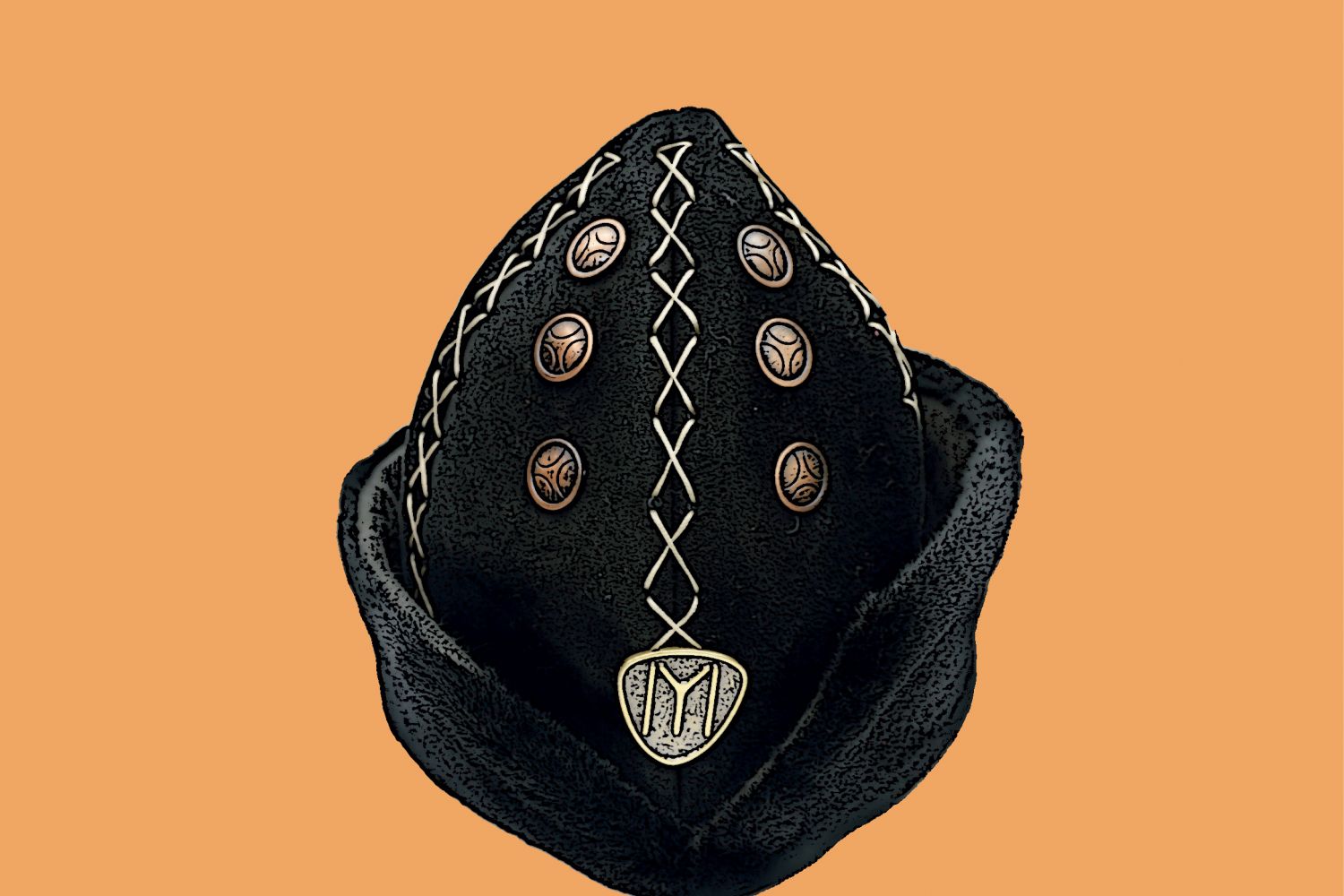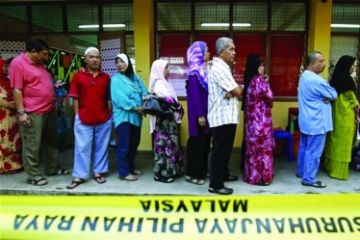
Once, during a conversation with friends, I referred to the
region around the Persian Gulf as mid-west. Someone corrected me: “The middle
east, you mean.” I didn’t argue that the Gulf is west or that, from our
perspective, the middle east would be Indonesia or the Philippines. My friends
may acknowledge that this is true, but it is also true that we are no longer
guided by our own compass. When they say “east coast” or “west coast”, I know
they’re talking about the USA altho





